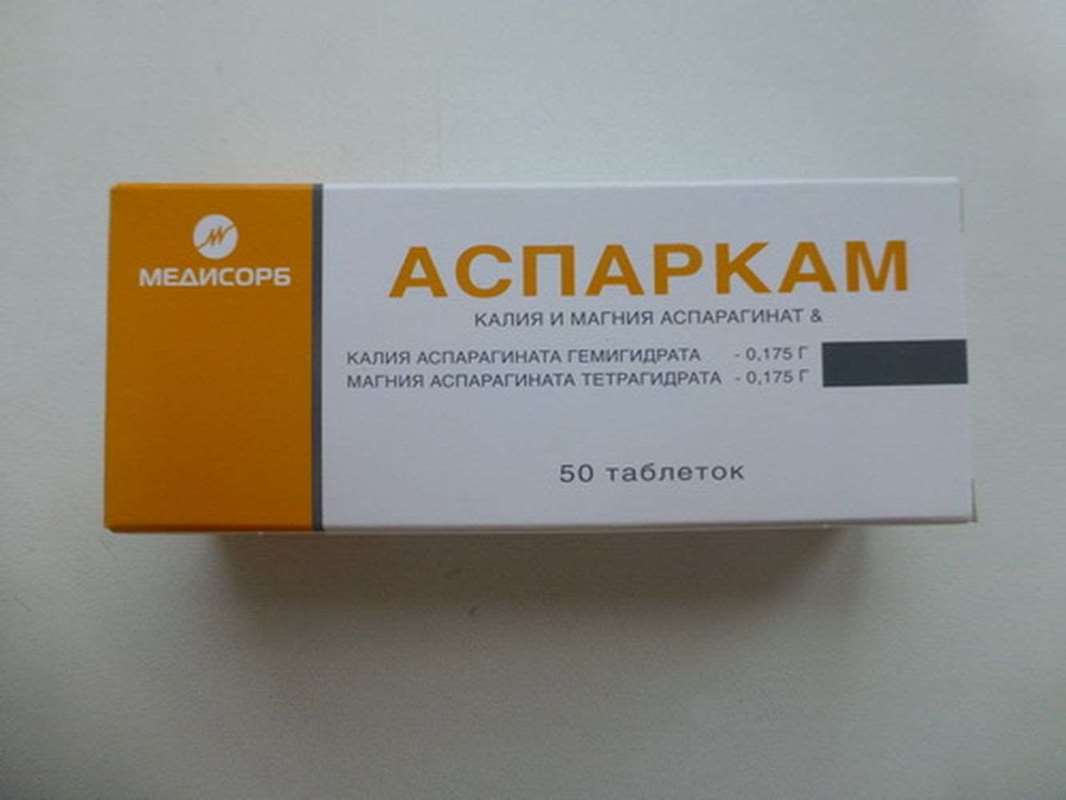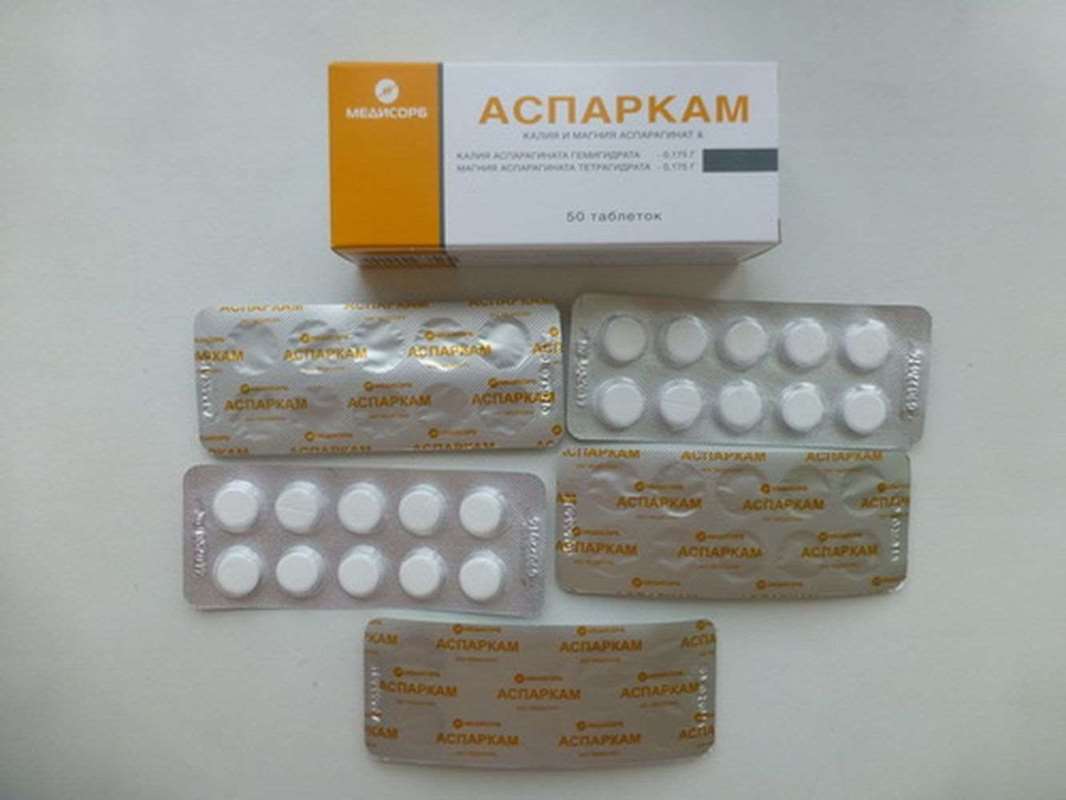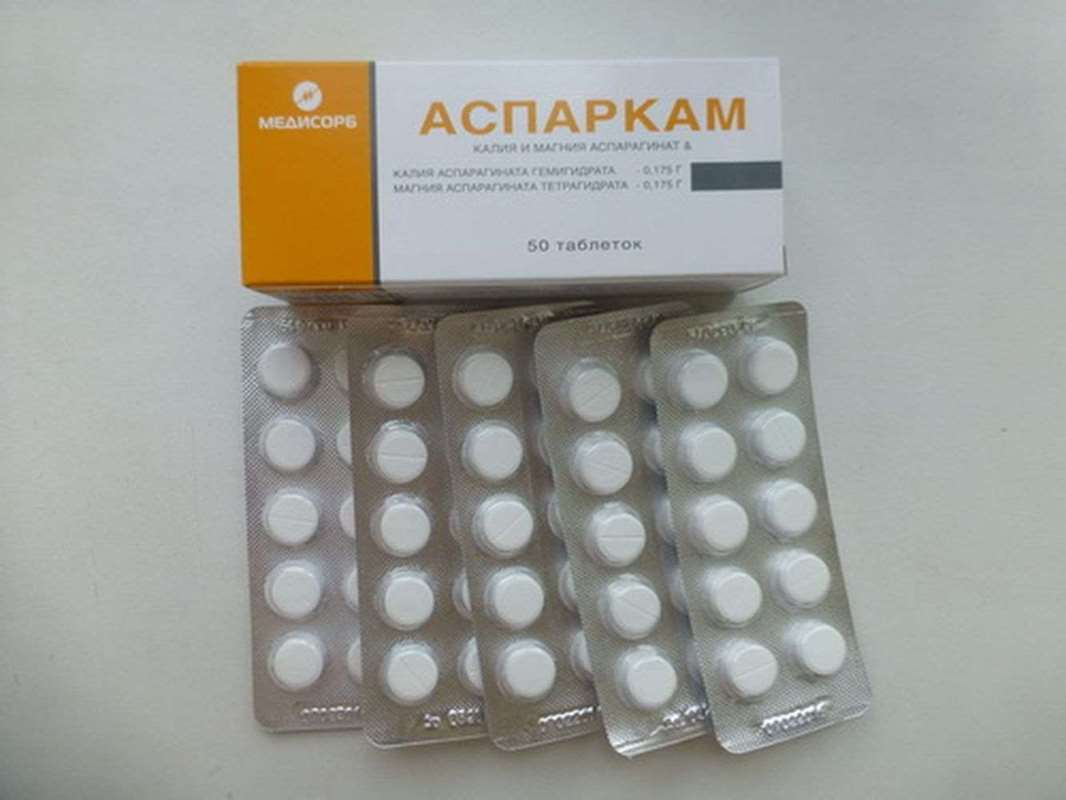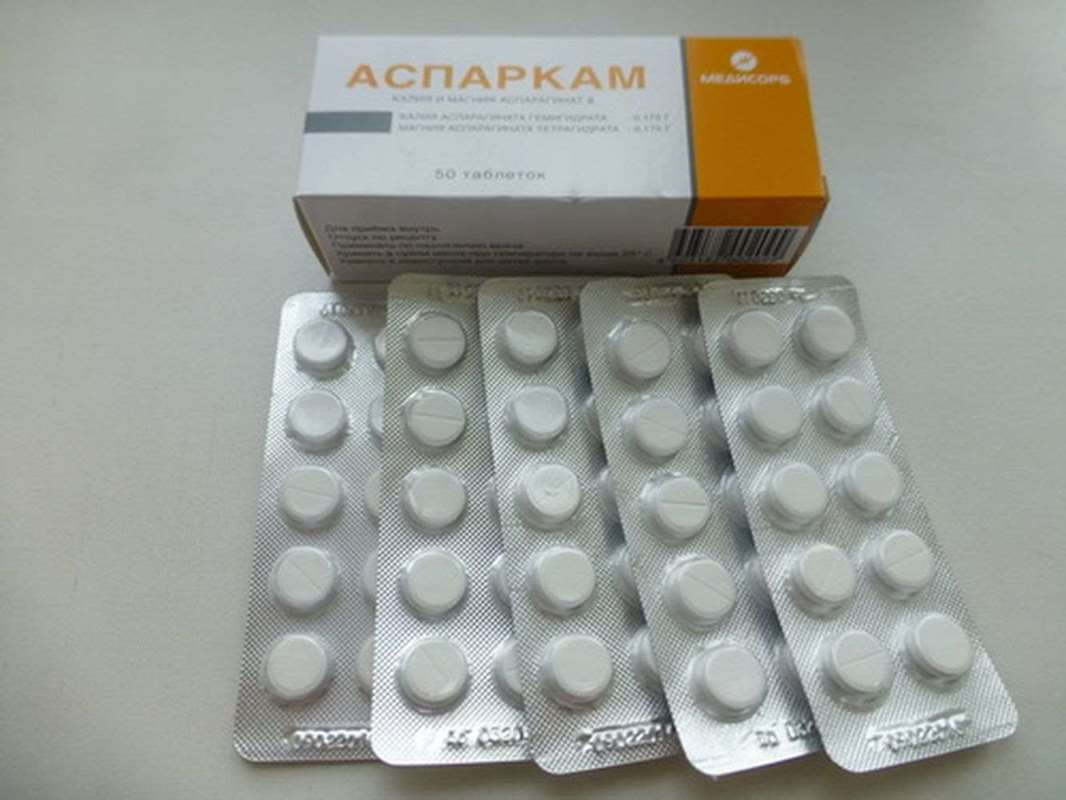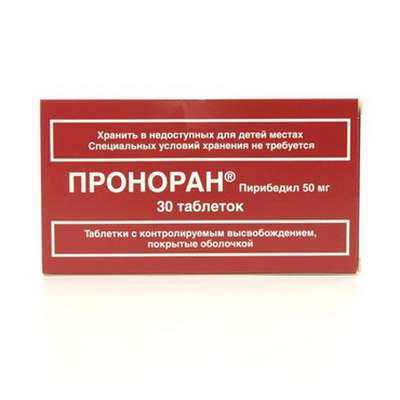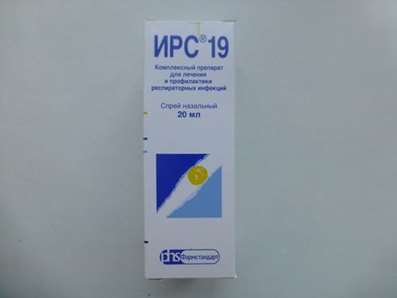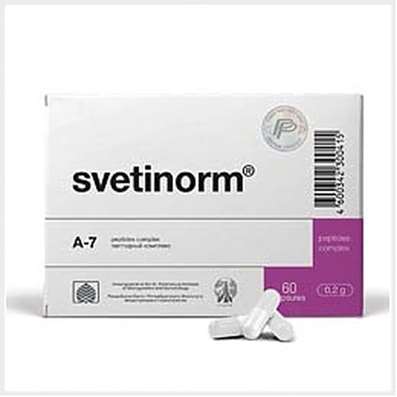Asparcam (international name: potassium and magnesium aspartate) - a drug for rapid replenishment of potassium and magnesium deficiency in the body, normalize the electrolyte balance. It also contains an aspartate (aspartic acid) - a carrier of ions across cell membranes. Anabolic effect does not possess.
Asparcam relates to medicaments regulating metabolic processes. The mechanism of action is associated with the role of aspartate tolerate magnesium and potassium ions into the intracellular space and their participation in metabolic processes. Asparcam eliminates electrolyte imbalance, potassium and magnesium deficiency reduces myocardial excitability and conductivity, exhibits moderate anti-arrhythmic effect, improves the metabolism in the myocardium and the coronary circulation and myocardium reduces sensitivity to cardiac glycosides and manifestation of toxicity. Mg2 + ions activate the Na +, K + -ATPase. Due to the reduced intracellular concentration than Na + ions increases and K + ions flow into cells. By reducing the Na + ion concentration inside cells is braked ion exchange Na + and Ca2 + in vascular smooth muscle, which leads to relaxation. K + ions stimulate ATP synthesis, glycogen, proteins, acetylcholine. Ions K + and Mg2 + maintain polarization of cell membranes. Aspartate is a carrier of K + and Mg2 + and facilitates their entry into the intracellular space. Once in the cell, aspartate is also involved in metabolic processes, promotes the synthesis of amino acids, amino sugars, nucleotides, nitrogen lipids, corrects the violation of energy metabolism of ischemic myocardium.
Quickly and completely absorbed, excreted mainly by the kidneys. blood potassium and magnesium concentration reaches a maximum 1-2 hours after ingestion. From the drug enters the blood into the cardiomyocytes in the form of K +, Mg2 +, and asparaginate and included in cell metabolism.
It is used in cardiac arrhythmias, ischemic heart disease (angina) and stroke prevention. Often prescribed for the development of muscle cramps.
Indications:
- heart failure;
- coronary artery disease;
- hypokalemia;
- cardiac arrhythmia (including myocardial infarction, an overdose of cardiac glycosides).
Side effect:
There may be nausea, discomfort or a burning sensation in the epigastric region (cholecystitis and gastritis anatsidnyh). These events usually take place by reducing the dose.
Suggested Use:
Inside, usually adults - Table 1-2. 3 times a day after meals. The course of treatment - 3-4 weeks. If necessary, it can be repeated.
Packaging:
- Comes in original packaging. Item is brand new and unopened.
Storage:
- Keep away from direct sunlight.
- Keep locked and away from children.
- Store in dry place at room temperature.
- Do not exceed storage temperature higher than 25 C
Important notice- the outer box design may vary before prior notice!

 Cart
Cart
